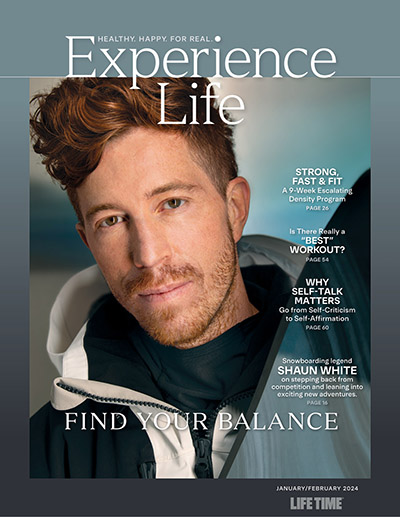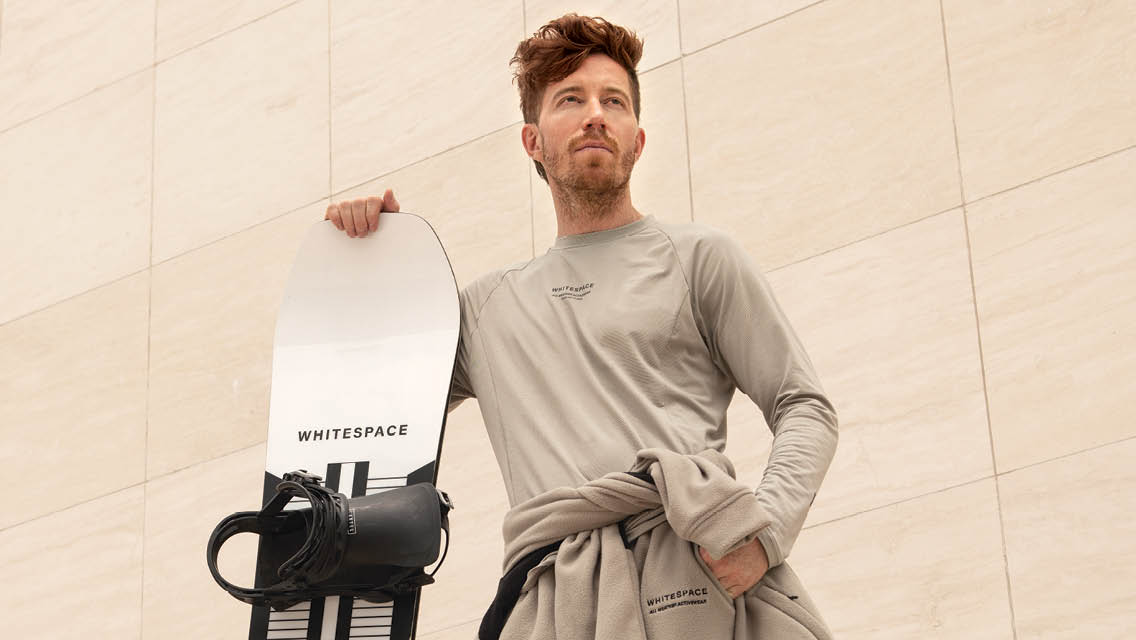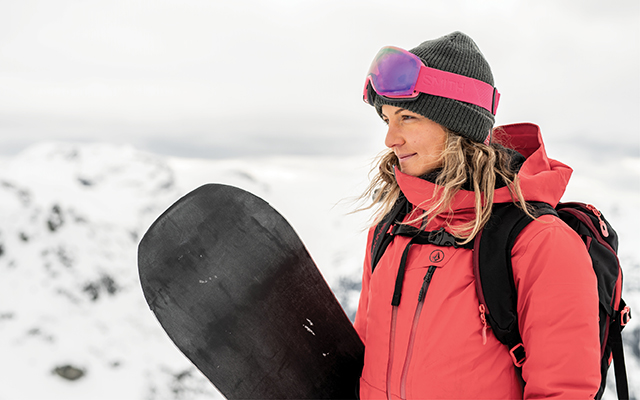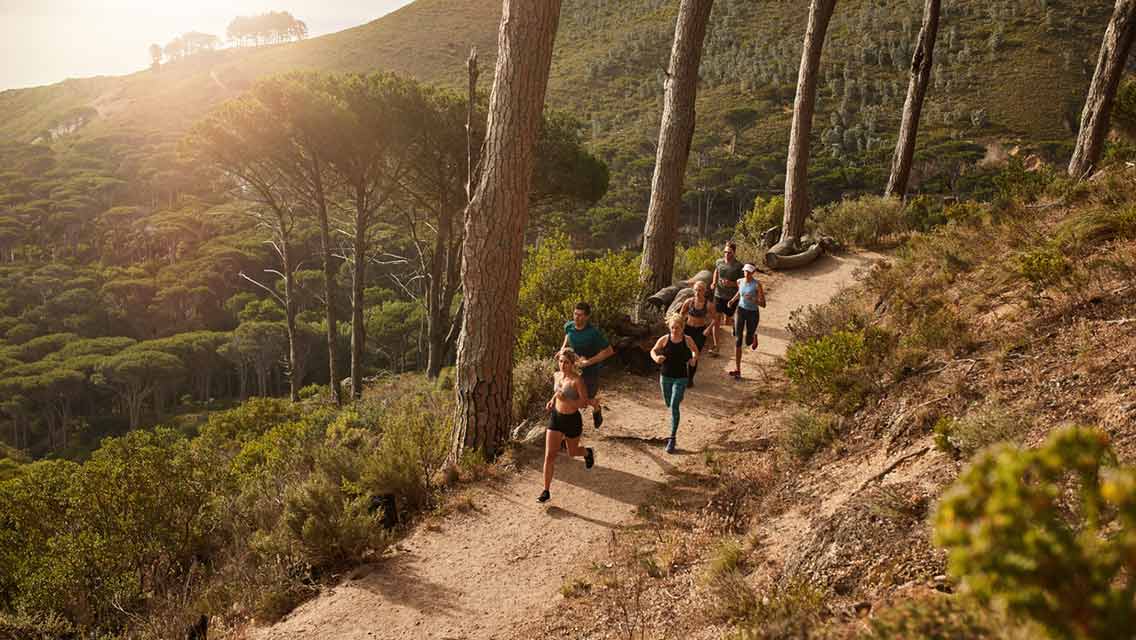Shaun White has spent much of his life on a snowboard. The world has thrilled to his feats, his grace, his skill at spinning and flipping through the air.
Now, at 37, White has retired from the sport he personified. But what does the lord of the board do after winning 23 X Games medals and three Olympic golds? After being hailed as an icon, a legend, the GOAT?
“As long as I can remember, this is what I’ve done,” he has mused. “I just don’t know who I am without it.”
A Speedy Talent
 White was born with tetralogy of Fallot, a rare congenital heart disorder caused by four coronary defects; he underwent two open-heart surgeries before he was a year old. Such a condition might have been expected to slow him down, but as his parents remember, White also seemed to have been born without fear.
White was born with tetralogy of Fallot, a rare congenital heart disorder caused by four coronary defects; he underwent two open-heart surgeries before he was a year old. Such a condition might have been expected to slow him down, but as his parents remember, White also seemed to have been born without fear.
By age 5, he was following his older brother, Jesse, to ride at a neighborhood skateboard park. He began snowboarding at 6. The definition of a grommet — board slang for an enviably precocious punk kid — White was soon being mentored by skate ace Tony Hawk.
On winter weekends, his family loaded their snowboards into their van and trekked from their home near San Diego to the San Bernardino Mountains. The five of them hit the slopes, then slept in the van and snuck into resort bathrooms to brush their teeth before buckling in again the next day.
“From a young age, I realized I had a talent for eyeballing speed and distance,” White recalls. Still, he can’t shake the recollection of his knees quaking as he dropped in for his early competitions. But his prowess won him the weighty nickname Future Boy — as in the future of the sport.
White inked a sponsorship deal with primo snowboarding gearmaker Burton at 7. By the time he was 12, he was placing in pro events. “All of a sudden,” he recalls, “I’m a millionaire at 15.”
And that’s when things began flipping out of control.
Heavy Medals
Thanks to his unruly mane of rambunctious red hair, White soon became known as the Flying Tomato. He shredded the slopes, went airborne, unreeled seemingly impossible flips, and won big. He took home his first Olympic gold at Torino 2006, then was victorious again at Vancouver 2010.
What White hadn’t learned to control was life off the board. From Future Boy, he became a bad boy: He crashed his snow-white Lamborghini. He partied hard. He was arrested for vandalism and public intoxication. And he issued his fair share of public apologies.
As part of his bid to grow up, he cut his hair, jettisoned the madcap nicknames, and sought to discover who Shaun White really was.
Then at age 31 came the crash that made him reassess everything.
He was practicing in New Zealand in 2017, striving to perfect what was considered snowboarding’s most daunting trick — a back-to-back double cork 1440, essentially spinning twice while flipping four times. But he missed and slammed into the 22-foot superpipe. Medevacked to a hospital, he was treated for a head injury and a lung contusion and received 62 facial stitches.
“All of a sudden, the record stopped turning,” he recalls. “It’s gotten harder. I don’t flip as fast as I used to. I know what’s looming in the distance: If I could just win the next Olympics, then I could retire.”
He spent the next four months recovering and rethinking things. By the time of PyeongChang 2018, he was ready again to drop into the halfpipe. He fell on his second run. On his third shot, he landed a spectacular frontside double cork 1440 and cab double cork 1440 combo — a historic first. Gold was once again his.
After the X Games and Olympic glory, stepping aside was not easy. “It’s not just walking away from the sport: It’s walking away from a piece of identity,” he confesses.
But White has not set aside his board. “Retirement is a pretty ugly word,” he has said. Instead, he’s created an active lifestyle brand, Whitespace, which designs and engineers snowboards and outerwear. And this project gives him a chance to give back, allowing him to mentor the next generation of boarders.
We caught up with White in Los Angeles to talk about his outlook on the future.
Q&A With Shaun White
Experience Life | You talk about how so much of your identity was tied up in your athletic career. Now that you’ve stepped away professionally, who is Shaun White today?
Shaun White | So much of my persona was wrapped up in the sport. I was in the driver’s seat and just had my foot on the gas; I wasn’t really stopping to look at things and wonder, What’s next?
Now, to my surprise, with or without competing, I’m still who I am and what I’ve accomplished still stands. It’s a nice feeling to know that my whole world just hasn’t done a full 180. I get to kind of live in this glow of my sporting career.
At the same time, a new door has opened, and I really feel like I’m more myself now than I’ve ever been. I feel like there was the competitor in me, and that’s still in me. But I feel like I have a new take on everything — a new take on life.
EL | Finding balance in life can be difficult when you’re passionate about something — it can feel like all or nothing. What does balance look like for you now? What has surprised you?
SW | When you get consumed by something, like the way I was with snowboarding and skateboarding, it’s an amazing feeling to just lose yourself and get fully engulfed in it. And I think at times I definitely dipped into this unhealthy space of being consumed by the sport and winning and what’s next and not really enjoying the process as much.
I don’t think I would have continued to be a professional snowboarder if it hadn’t been for skateboarding. You have to have that balance; you have to have other interests in your life.
It’s tough to walk away, but I find that taking a break really lets you hear the tune in a different way. I try my best — and I think now that I’ve gotten older, I feel like I’ve got a better balance with it. But there’s always room for improvement.
EL | Of all the things you’ve learned over the course of your life and career, what is one lesson that you consistently go back to that keeps you moving forward?
SW | I forget who told me this, but they said, “Look, as long as you’ve learned something from whatever you’re doing, then there are no mistakes.” Everything’s a learning curve. But if you can take the mistakes and turn them into wins, it can propel you forward.
Now, that’s a challenge if you ever find yourself in a hospital in New Zealand with your face ripped open and you’re holding this bucket to spit blood into because your lungs are filling with blood, and somebody comes in and tells you to look at the bright side. Yeah, I get it — it’s hard in those moments to ask, Well, what am I learning in this moment?
While waiting for surgery, I found myself at my lowest of lows. I couldn’t look in the mirror — it was awful. And I was just like, What is to be learned from this?
Asking myself that question changed everything. I remember really wanting to go to the Olympics and wanting to win and wanting to succeed, but at that point I was like, No, I need to. I have to. I can’t have let this happen to myself for nothing.
I started diving deep within myself, asking What went wrong? How can I change? And then I reorganized my career path to that Olympics, and it set the tone for the rest of that season. I ended up winning even when the odds were really stacked against me.
You know, I think it was that moment when I looked at that situation and found a positive within all that chaos that propelled me forward. So, it’s kind of like a muscle if you can build that sort of insight. It really helps.
EL | The sport of snowboarding is largely on the map because of you. How are you working to pass the torch to the next generation?
SW | Snowboarding is an individual sport, so I was always like, What am I doing? What’s next? And I didn’t really take the time to let too many new people into my world.
Now, I’ve jumped to the other side of things: I started Whitespace with my brother and my friend, and it’s exciting in a whole new way. We’re building these product lines that I get to test and approve — and I just try to keep that competitive part of my brain going.
It’s been amazing also because now I’m on the other side of the fence looking at sponsoring and mentoring young, talented snowboarders just like people did for me — and it’s just been so rewarding. The next generation of talent is just incredible, and I’m so excited to see where they take this sport that I love so much.
This article originally appeared as “Still Stoked” in the January/February issue of Experience Life.





This Post Has 0 Comments